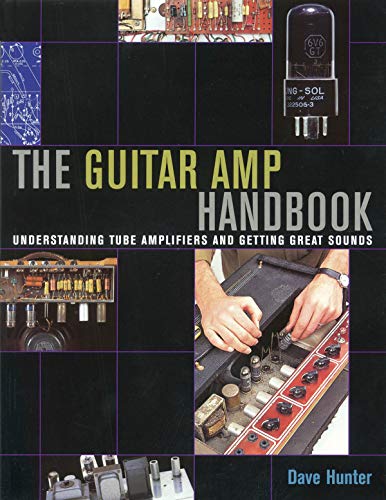NE5532/34?
Yeah - not sure you got my SoH there tbh
There is more to than just EMI.
So called "Faster" Op-Amp's will have a higher frequency corner where distortion rises. Many quite fast ones are flat to ~ 10kHz and some to 20kHz and even 100kHz.
This means high frequency intermodulation especially is reduced.
Yes - I could have referenced RF rather than RFI (tough crowd
Yes. My basic point was that as a teenager with little money - spending that amount on a single opamp was not tenable.That's a 10MHz Op-Amp, 13V/uS slew rate. Fastish. And it's not a simple integrator compensated Op-Amp.
The "hobbyist" shop was somewhat comedic. It would typically be shut for lunch and a queue of very serious hobbyists would form. Woe betide you if you didn't know exactly what you required when you got to the front of the queue. Said items - resistors / capacitors / transistors etc. - would be retrieved from various boxes / drawers / tobacco tins etc. by a grumpy man with a big unkempt beard
That's still a MHz Op-Amp (3MHz) and it's also 13V/uS Slew rate. So the output can change as fast as that of the 553X.
Yes. For clarity - not suggesting GBW is a problem here.
Well if you drive them hard enough. Interestingly the Sansamp Bass Driver/DI uses some CMOS opamps (at least according to any documentation I have seen) while the Behringer BDI21 "clone" appears to use TLxxx or similar IIRC.Distortion is high, but for a Bass FX that's a good thing.
It's bloody noisy though, noisier than a bunch of teen chav girls at their pregnant friends Hen do after the third round of shots.
Thor
Question of voltage noise Vs current noise. Latter becomes important wrt Hi-Z sources eg typical passive bass.
But yes we can do better now than TL07x or related LF351.
I'll leave the social observations to yourself






























![Soldering Iron Kit, 120W LED Digital Advanced Solder Iron Soldering Gun kit, 110V Welding Tools, Smart Temperature Control [356℉-932℉], Extra 5pcs Tips, Auto Sleep, Temp Calibration, Orange](https://m.media-amazon.com/images/I/51sFKu9SdeL._SL500_.jpg)




